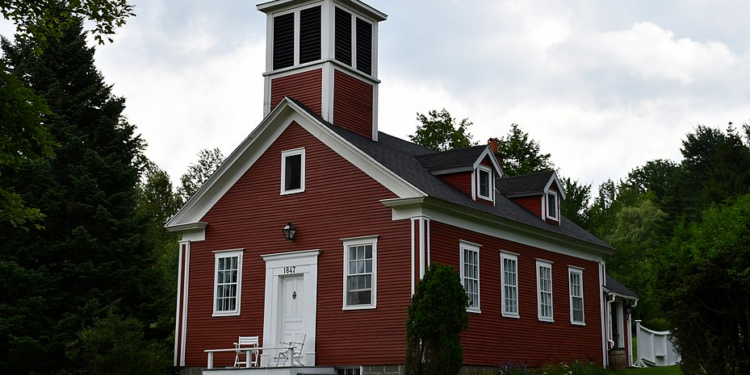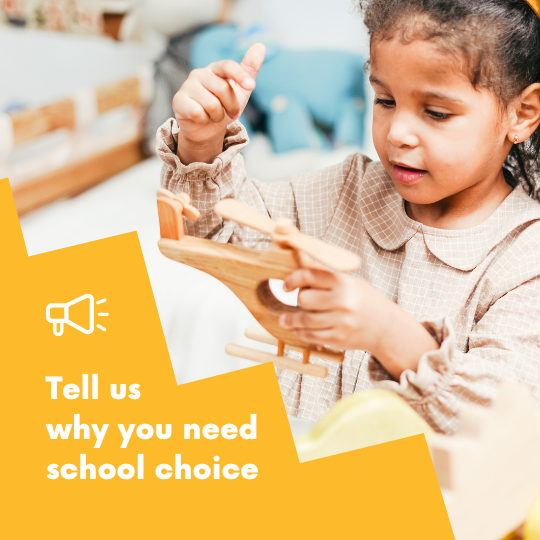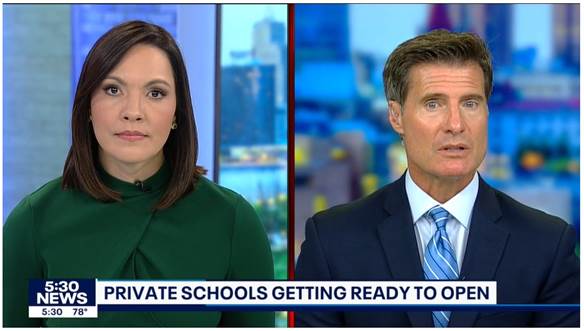Have you ever heard someone use the phrase “Go Local”? The concept, which encourages supporting local industries and businesses, has grown in popularity over the years with people of all political persuasions.
But oddly enough, there’s one area where “go local” has been roundly shunned over the years, and that is education.
Oh, sure, people give lip service to having local schools or community schools. But history shows that politicians and officials are interested in anything but local schools, and instead of going local, schools have done the exact opposite.
Take Minnesota, for instance. According to a report from the Minnesota Department of Education, the state had roughly 8,000 school districts around the turn of the 20th century with small, one-room, community schools dotting the state’s landscape. State officials wanted a more centralized education system, however, and thus began offering incentives to consolidate districts and form larger schools. “By July 1, 1965,” the report explains, “there were 1,742 districts, a decrease of more than 5,800 in an 18-year period.”
That’s a massive drop in school districts, but today’s numbers are even worse. Only 331 school districts remain in the State of Minnesota today, research from Ballotpedia indicates, leaving every public school in Minnesota with an average of 360 students.
The same thing happened in the rest of the nation, as former New York teacher of the year John Taylor Gatto records in The Underground History of American Education. “Between 1960 and 1998 the nonteaching bureaucracy of public schools grew 500 percent, but oversight was concentrated into fewer and fewer hands,” he wrote. “The 40,520 school districts with elected boards this nation had in 1960 shriveled to 15,000 by 1998.”
So why does the drift away from the local matter when it comes to education?
For starters, research shows that large schools generate more violence. It’s also easier for a student to get lost in the shuffle and remain unknown in a large school, potentially creating or intensifying the mental health issues with which so many students seem to deal today. Then, too, the large bureaucracy of the system makes it nearly impossible for parents to advocate for their child or make sure he’s getting the type of attention or training he needs to succeed.
Perhaps that’s why more parents are turning to the concept of microschools.
A microschool “is the reimagining of the one-room schoolhouse, where class sizes are usually fewer than 15 students of varying ages, and the schedule and curriculum is tailored to fit the needs of each class,” Ed Tarnowski explains in an article for EdChoice. “Most microschools are independently parent-led, but some are affiliated with a formal microschool network offering paid, in-person instructors. Lessons are taught in a range of approachable environments, such as homes, libraries and other community centers.”
Made popular during the education chaos of the Covid pandemic, education researchers estimate that there are “1.1 to 2.2 million children who are microschooling full time.”
Microschools not only make parents and students happier with “highly individualized curriculum tailored to their academic needs in community with adults and peers,” they also make teachers happier, author and education policy expert Kerry McDonald recently noted in Forbes. “I’m getting to teach how I always wanted to teach,” former public school teacher Jennifer Hunt told McDonald. “It took the Covid shutdowns to realize my hands were tied in the public school classroom. That opened my eyes to seeing different models of education.”
Author C.S. Lewis once wisely noted:
We all want progress. But progress means getting nearer to the place where you want to be. And if you have taken a wrong turning, then to go forward does not get you any nearer. If you are on the wrong road, progress means doing an about-turn and walking back to the right road; and in that case the man who turns back soonest is the most progressive man. … There is nothing progressive about being pigheaded and refusing to admit a mistake. And I think if you look at the present state of the world, it’s pretty plain that humanity has been making some big mistake. We’re on the wrong road. And if that is so, we must go back. Going back is the quickest way on.
It’s clear we’ve taken a wrong turn in education. Perhaps it’s time we tread the path back to that little red schoolhouse, reimagined for our times in the concept of the local microschool.
—
Image Credit: R. L’Heureux, CC BY-SA 4.0













